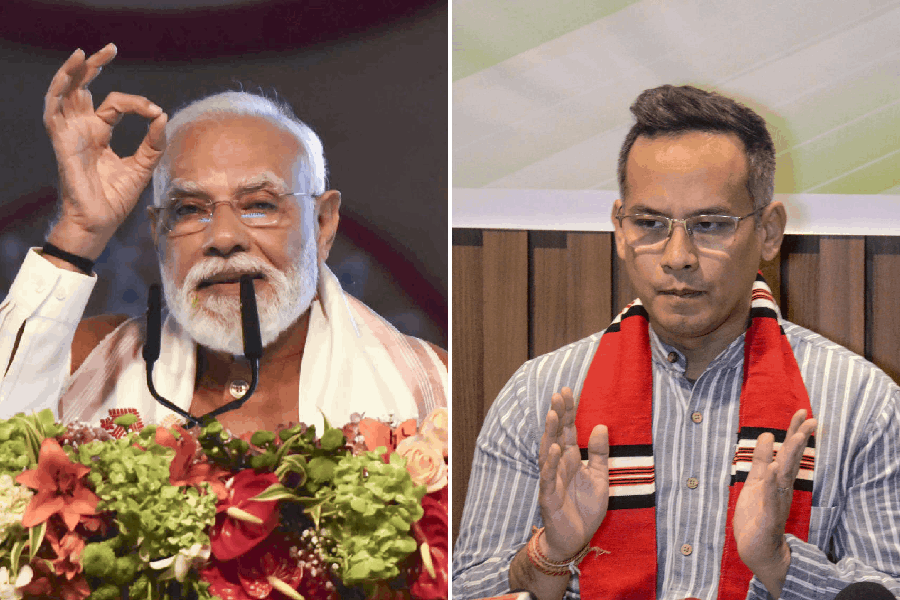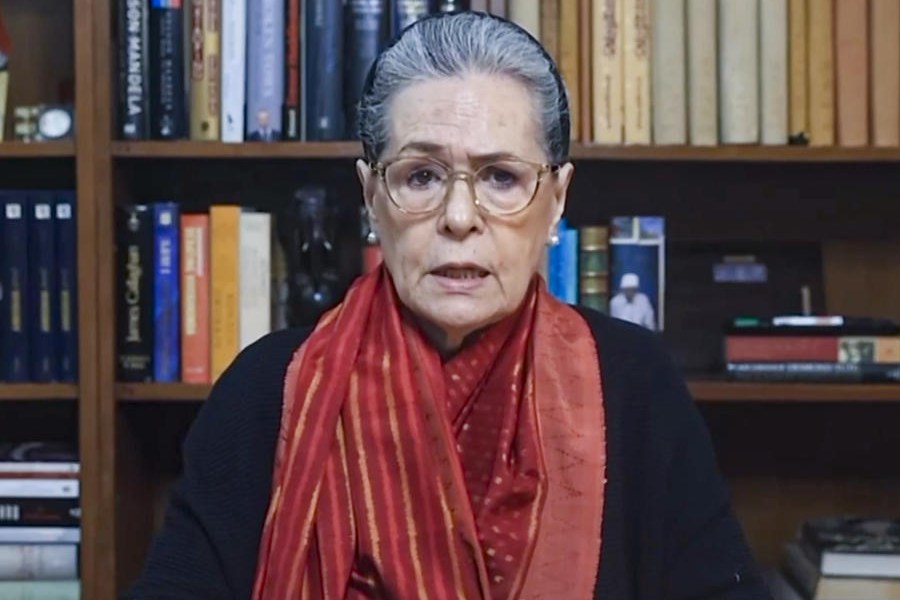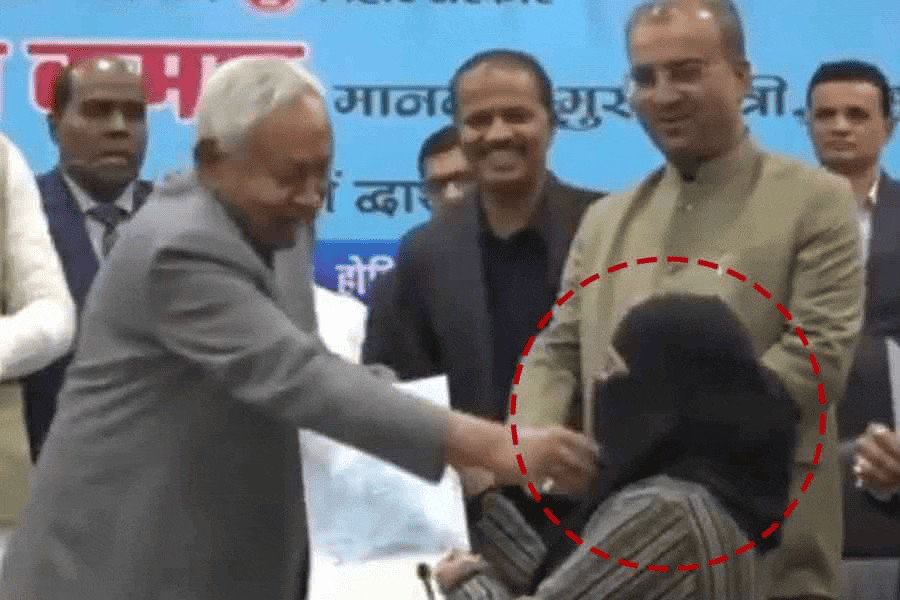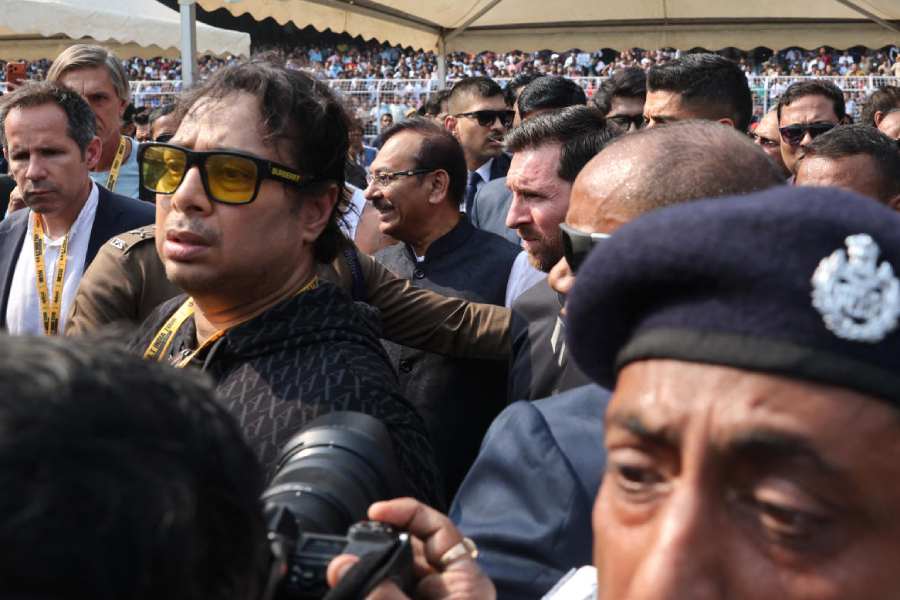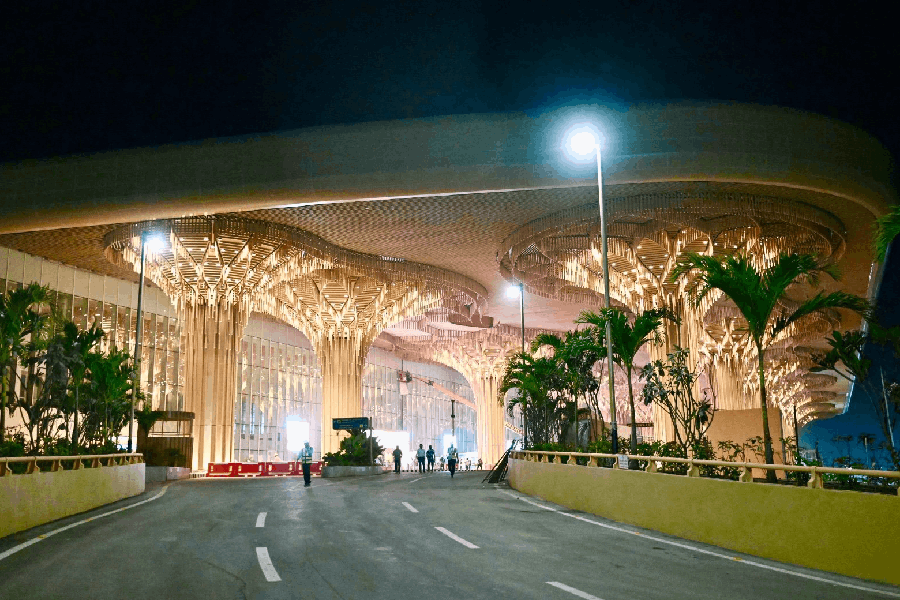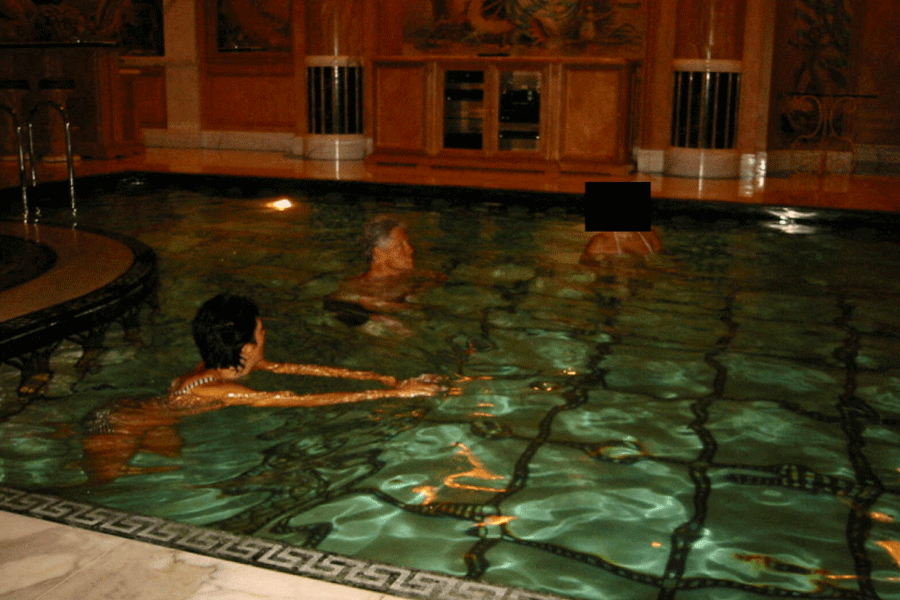 |
 |
 |
| MOVING OUT: (From top) Odissi artistes at the Konark Dance fest; the Qutb Festival; and Shubha Mudgal at the Leher Leher Kabir festival |
The sun dips into the Ganga, like a suddenly upturned bottle of orange paint. The tinkling bells of the evening prayers are like the muted sounds of cymbals. A cold breeze blows across the ghat, as Sufi singer Prahlad Tipaniya throws his voice.
The singer is on a floating raft on the Ganga in Rishikesh. The audience is sitting on the ghat by the river. And the moment is magical.
If that doesn’t blow your mind, picture yourself reclining against a white bolster on the majestic gardens of the 16th century Humayun’s Tomb in New Delhi, listening to qawwali. Or on the steps of Purana Qila or Old Fort, watching a Kathak dancer swirl in his skirt.
Music and dance have stepped out of closed auditoria. Across the country, festivals, concerts and recitals are being held out in the open — on the foothills of the Himalayas, in ancient temples, on makeshift stages with forts and palaces as the backdrop, and in sprawling green parks in the heart of cities.
“This is the age of appeal. And innovative venues have mass appeal,” says Tipaniya. “Kabir’s music and teachings will flow along with the Ganga,” he says.
The list of festivals held in scenic spots is growing by the day. The Leher Leher Kabir festival, organised by the Yogi Arwind Foundation in March, zeroed in on the Ganga in Rishikesh as an ideal backdrop. The Delhi government and its cultural body Sahitya Kala Parishad have been holding the Qutb Festival for several years now by the towering 12th-century Qutb Minar. The Madhya Pradesh State Tourism Development Corporation conducts its week-long Khajuraho Festival of Dances at the open-air auditorium in front of the Chitragupta Temple in Khajuraho.
“The Khajuraho temples present sculptures depicting various skills and arts of courtly love, including dance and music. This is the ideal venue for highlighting classical dance forms,” says Ulhas Telang, director of the MP government’s Ustad Allauddin Khan Sangeet and Kala Academy, which conducts the festival.
Temples indeed are an apt setting for classical dance, the reason why the Konark Dance Festival — organised by the Eastern Zonal Cultural Centre and a private dance school, Orissa Dance Academy — is held in the temple town in Orissa.
“The audience is informed about the history of the 13th-century Konark temple and the relationship between tradition, culture and architecture,” says Aruna Mohanty, secretary, Orissa Dance Academy, which has also been organising a dance festival at the Dhauli Peace Pagoda on the foothills of the Dhauli for the last seven years.
Many admit that exotic venues are the best way to draw eyeballs. Mohanty says they act as “a magnetic force” in drawing people. “Pulling the crowd to a place which is away from Delhi’s madness was a challenge for us. So, we tried to make the venue extremely appealing,” adds Dibang (he uses only one name), one of the main organisers of the Rishikesh festival.
Though exotic backdrops are the new mantra, sprawling open-air arenas have also been popular for long. The New Delhi Municipal Council (NDMC) has been successfully hosting top musicians for several years in a series called Music in the Park, held in the capital’s lush green Nehru Park.
Likewise, singer Channulal Mishra, who was one of the performers in Rishikesh, has been regaling his fans by singing for them from a ferry for long years. Mishra, who is from Varanasi, has performed on a boat in the Ganga, and says the scenic beauty adds to the musical experience. “The listeners sit with us on the same boat. It leads to a special bonding with them,” he says.
But the proliferation of such performances underlines the fact that classical arts, which many thought had few takers among the young, can effectively be packaged to attract new audiences. And many believe it helps to have an alluring backdrop if the young are to be initiated into the arts.
“Under the heritage of India's composite culture, we need to celebrate the icons and elements that unite this vast land. Therefore, we use the highest form of aesthetics to connect with the youth,” says designer-director Muzaffar Ali, who has been organising the Jahan-e-Khusrau Sufi festival on behalf of the Rumi Foundation for 10 years. This year, for the first time, the festival was held in front of the magnificent Humayun’s Tomb.
The Delhi government has just started a series called Young Maestros of Indian Music and Great Qawwalis in Central Park in Connaught Place. “More than 70 per cent of the audience was young. We never expected such a huge turnout,” says Sindhu Bhagia Mishra, deputy secretary, Sahitya Kala Parishad, the cultural body of the Delhi government.
Ananya — a dance festival at the 16th-century Purana Qila — is another Delhi government initiative, in collaboration with Seher, a Delhi-based body promoting culture. “Earlier, our concerts were mostly open to the rich and the elite. But our aim was to democratise culture by opening it to the public. And it became an instant success,” says Seher’s founder director Sanjeev Bhargava.
Packaging, he adds, is an important part of a festival these days, for it attracts the young. “This generation is extremely presentation-savvy. Our attempt is to revive and popularise our intangible heritage of classical art among the younger generation with finesse,” says Bhargava, who in association with the Delhi government, organised Bhakti Utsav, a festival of devotional music held in April-end at Nehru Park.
Getting sponsors for such festivals is not a problem either. “None of the sponsors we approached refused us. They loved the concept,” says Dibang, who got a dozen sponsors for the event that cost him around Rs 25 lakh.
But a festival in a dilapidated fort or a temple has its downside too. Lighting up an old edifice, for instance, needs expertise. “Lighting has to match the colossal size of the venue,” says Antoine Redon, executive producer of the Neemrana Music Foundation, which recently staged the musical Hair at Purana Qila in Delhi.
“We used stroboscopes or oscillating lights that focussed on the dancers on stage. Plus, lights were used to match the ruins of the fort in the background,” says Redon.
Celebrated violinist L. Subramaniam adds that lights can be innovatively used at heritage sites. “One can experiment with thematic lighting and graphics making judicial use of space,” says Subramaniam, who organises the annual Lakshminarayana Global Music Festival at Palace Grounds, Bangalore.
But some of the performers point out that while a scenic background may enhance the audience’s experiences, it may not always be good for the artiste. The sound in a closed auditorium is always better than outdoors. In a place where there is a strong wind, the singer’s voice may have an echo.
“For example, if I say dha, it may sound like dha dha because of the breeze,” explains singer Shubha Mudgal. “The sound of acoustic instruments also often gets distorted by the breeze.”
Sometimes, the problems are of a lesser magnitude. When the water level started rising as the evening progressed in Rishikesh, the organisers suddenly found they had a small crisis in hand. “We discovered that Tipaniyaji’s slippers had been swept away by the waves,” smiles Dibang.
But such developments don’t trouble Tipaniya. “It is always good to perform in the open air. That’s when music breaks barriers,” he says.


